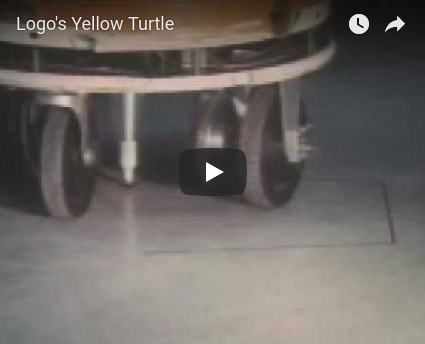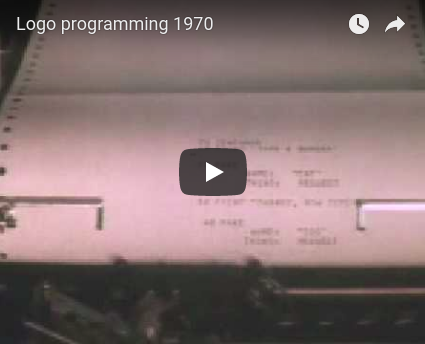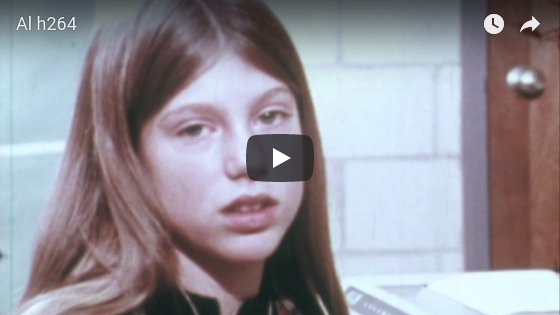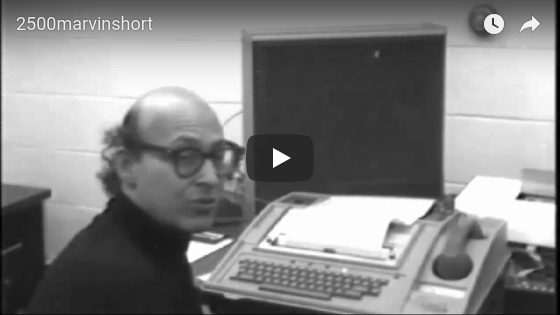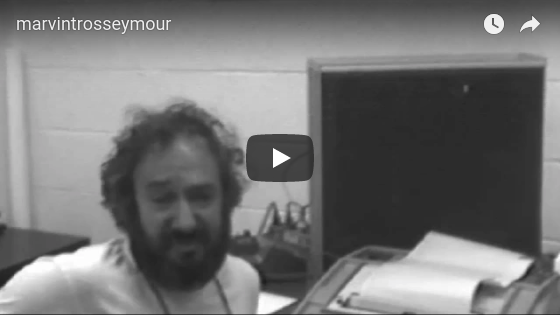logothings
The70s
1969 The Start of the Logo Group at the MIT AI Lab
The yellow floor turtle pictured here was a large cannister on wheels.
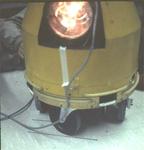
Found in government junk yard in Taunton, Ma where there was a DOD stockpile of unwanted objects. This place was open monthly to DOD grantees. Marvin loved to find used equipment out of which he could build new things. When he spotted this canister he thought of turning it into a floor turtle. Marvin led the way and with help from lab engineers and machinists a turtle was born. It was designed to have touch sensors but they were too unreliable to use. It did, of course, have a pen in the middle of its underside and it could be put up or down and so the turtle could leave a trace of its path.
There was a small turtle in the works at BBN and also at the AI Lab, but the yellow turtle happened and worked! Seymour had asked Mike Patterson who spent 3 years at the AI Lab as an assistant professor before going back to University of Warwick to think about turtle behavior and turtle language.
If we wanted to use turtles with kids in a school (remotely) several problems had to be solved. The floor turtles had to be tethered, that is, attached to a terminal which was attached to a time-shared computer. The display turtle had a different set of problems. This was 1969-70. The display had to be refreshed. Seymour’s solution was to borrow a small computer from the Applied Math Department and have it drive a display. Hal Abelson, then a graduate student, was charged with figuring out how to do it. Nat Goodman an undergraduate worked with Hal in executing this task.
By the 1970-71 school year we had a floor turtle and a display turtle. Later in the year a small round plastic floor turtle joined the yellow one. These turtles had to be attached to a terminal. Thus sharing the turtle was an important aspect. The display turtle was designed to let users at four different terminals alternately take control of the turtle. Thus by 1970 we had a computer environment for kids that included:
- A programming language designed specifically for children
- A way to write stories
- A way to draw with a programmable object
- A way to have the programmable object explore an environment
- A way to make and play music
This system was in play for the 1970-71 and 1971-72 school years at the Bridge School in Lexington, MA.
By summer 1972 Ron Lebel led the development of a new Logo and AI Lab staff member, John Roe, built “portable” turtle graphics terminals running on a DEC PDP-11.
In the mid 1970s Marvin Minsky designed a commercially available portable turtle graphics station. By the late 1970s Texas Instruments had commissioned Seymour to build a Logo for the yet to be finished TI
- This small single user computer contained a sprite board and thus 28 turtles could exist at the same time. A Logo for the Apple II was also created.
Logo, Turtles, Music and Kids
In 1970-71, the next year long Logo class that Seymour and I collaborated on was with 5th graders at the Bridge School in Lexington, MA. The Logo Group was formed as part of the MIT AI Lab and both floor and display turtles existed.
Intermixed with debugging their Logo programs we encouraged children to apply procedural thinking and debugging to developing physical skills as well. Here is Seymour (circa 1970-1) on a bongo board with me poking him periodically. This video was given to me by Hal Abelson.
The next video is of the Yellow Turtle built at the MIT AI Lab and programmed by children in the 1970s. (A display turtle was working on the AI Lab’s PDP-10; it was driven by a PDP-6. I am looking for film clips of turtle behavior on this display screen.)
The next video shows what Logo programming looked like in 1970.
1970-1971 Logo, Turtles, Music, and Children
In 1971 Channel 5, a local Boston TV station, produced a program on children in new learning situations and included a segment on Logo. Here is that segment. My one regret is that Seymour was not talking with a child during the filming.
My the way Marvin Minsky built the four-voice music box the children used in the video.
The Exeter Congress 1972
In August of 1972 a math education conference was held in England at the University of Exeter. At MIT the Logo Group was just finishing a new version of Logo running on a DEC PDP-11 with its own time-sharing environment. Ron Lebel was the chief programmer with lots of advice from Hal Abelson and Tom Knight and others. Attached to the computer were turtle graphics terminals built by Ron and inspired by Tom Knight’s graphics stations for the AI Lab’s PDP-10.
Digital Equipment Corp. had coincidentally sold a PDP-11 computer to the University of Exeter. So a light went off in Seymour’s head connecting the conference and the sale. The result was that several of us went to Exeter England at the beginning of August in preparation for the conference at the end of August. DEC transported a PDP-11 and all our peripheral equipment. I arranged to work with 10, 11, and 12 year olds prior to the conference. We had 4 display turtle stations, 1 floor turtle, and 1 4-voice music box. The crew consisted of Hal Abelson, Tom Knight, Ron Lebel, Margaret Minsky, and me. Jeanne Bamberger was there a week before the conference. Seymour came in time for the conference. Some of us brought family members.I brought my 12 year old nephew, Erric. He and some other 12 year olds took over computer management during the conference. (They put out a small fire while we adults were at dinner.)
After the Exeter experience Seymour, Mavin, Alan Papert, me and a couple of others started General Turtle, a company to make floor turtles. Marvin, Alan and students including Danny Hillis and Margaret Minsky designed and built a Logo turtle graphics machine. It was marvelous but came about on the edge of the personal computer revolution and was priced out of the home and school market.
Here Marvin shows the 2500.
Marvin introduces Seymour to talk about the language.
Brian Silverman brought the 2500 graphics back to life here, with a little bit of documentation.
The 2500 was used with children taught by Dan Watt in the Lincoln Elementary School, Brookline, MA.
The First Year-Long Class
Our first full year Logo class was in 1968-69 with seventh graders at Muzzey Junior High School. We were at BBN at the time. In the fall of 1969 I became a member of the AI Lab and we started our Logo work there. The first graphics turtle and a floor turtle were built and running by 1970. The graphics turtle was not portable. Its display was driven by a Digital PDP-6 connected to a Logo running on the lab’s PDP-10. First programs were written by Bill Gosper and other lab hackers. The yellow turtle was assembled by Tom Callahan.

In preparation for using turtle graphics with kids Seymour began planning a portable system. This is when Hal Abelson joined the group. He started the design and worked with Nat Goodman on getting the software to work. Marvin designed and built a four voice music box for us. It was housed in a small black translucent plastic box.
Pictures from the Bridge School in Lexington, MA – 1970-2
We were given 2 small rooms with a large window between them. The graphics turtle ran on a display powered by a Data General computer. The children used Logo over phone lines to a time-shared Digital PDP-10 back at the MIT AI Lab.



5th graders with our first turtle.
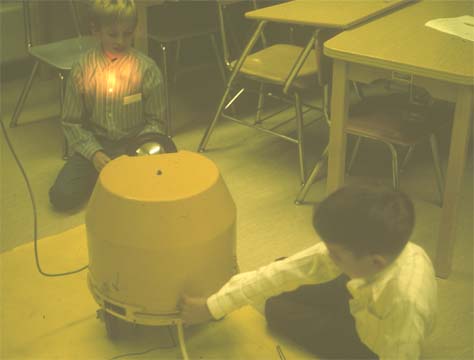
Seymour in the classroom
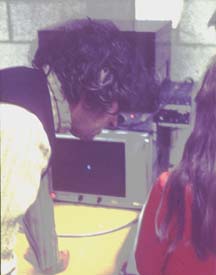
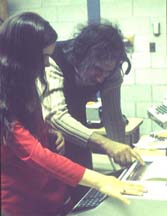
Me with kids.
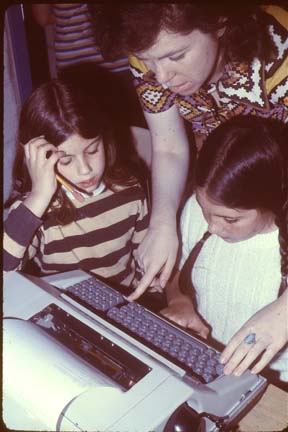
Teaching Assistants
Kiyoko Okumura, Rich Fryberg and Bob Mohl
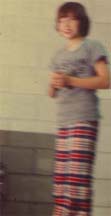
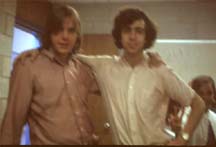
Turtle Graphics Ramblings


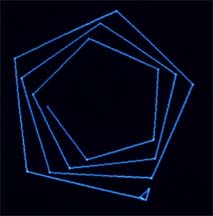
Our second turtle

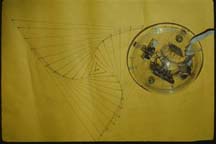
Work with Young Children
Radia Perlman’s Button Box for Pre-Schoolers
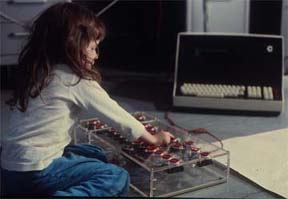
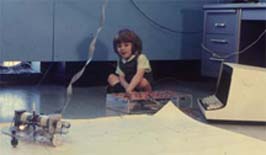
Me with First Graders in 1971-2
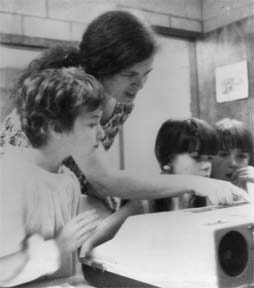
1972 Logo Re-implementation
In time for an international math education conference held at the university in Exeter, England, Ron Lebel had led the implementation of Logo on a dedicated time-shared DEC PDP-11. This time shared system included “portable” turtle graphics stations based on Tom Knight’s display stations running on the AI Lab’s PDP-10. Hal and Nat were involved in the graphics. The language revisions were major and were based on feedback from work with children. DEC helped us in shipping equipment and setting up in Exeter four weeks before the converence. The computer would stay at the university but the graphics stations (5), floor turtle, and music box were returned to MIT at the end of the conference. Several of us went over with the computer. The group included Ron Lebel, Tom Knight, Hal Abelson, Margaret Minsky, Erric Solomon and me. I went to work with 9, 10, 11 and 12 year old Exeter children. Margaret, a high schooler, was my teaching assistant and Erric, a middle schooler, joined the Exeter children. Jean Bamberger came over later to use the music box with the children. Seymour.also arrived a few days before the conference. We were given a large room in close proximity to the conference rooms.
The kids became teachers to the math educators attending the conference. The kids were incredible. Rumors spread such as Seymour could teach anybody anything. When it was discovered that I did the teaching, the rumors changed to we bribed the kids with candy.
General Turtle
Something else happened that summer. Marvin, Seymour, and I along with Russell Noftsker and Seymour’s brother Alan planned to make turtles available through a new company called General Turtle.
Later that year Marvin began designing a “portable” turtle graphics Logo station known as the 2500.
During the decade of the 70’s Logo went through several re-designs and re-implementations and new classroom teachings. There were three major projects that took place: the Brookline Project at the Lincoln School where Dan Watt taught the Logo classes; the Lamplighter School in Texas where TI Logo was tested out, and the Hennegan School project in Boston. There was also the wonderful work of Jose Valente (also Sylvia Weir and her team, Ann and Sue )with physically challenged and learning disabled students at the Cotting School. Also, during the 70s Howard Austen made a study of juggling as his doctoral work. This circus art Seymour and I taught children as an example of recursion. We also included bongo boarding and unicycling. (Seymour tried balancing on a circus ball.) In the later 70s a group of MIT students became part of the Logo Group. This included Margaret Minsky, Danny Hillis, Gary Drescher, Jim Davis, Ed Hardebeck, Brian Silverman, Max Behensky and more. They were housemates.
TI Logo
One of the founders of Texas Instruments, an MIT graduate, tapped Seymour to make a Logo for the TI “micro” computer under development. The new machine introduced the sprite hardware allowing for multiple turtles. Ed and Gary were deeply involved in this implementation with help from the others.
Celebrating TI Logo in 1981
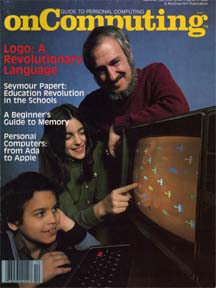
TI Sprite Logo 1978-9
Seymour was approached by Texas Instruments founder Cecil Green. Green had a grandchild in the Lamplighter School in Dallas. He wanted Logo on the new personal computers TI was building. Ed Hardebeck became the chief implementer of Sprite Logo – color and sprites (turtles).
In 1980 Marvin, Seymour, me and a couple of Canadians started Logo Computer Systems.


